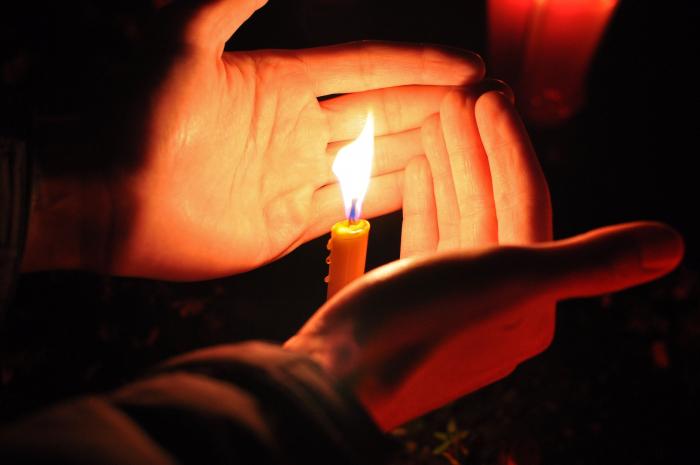
Candle making is a Slovenian tradition with ancient origins. Now a new generation of craftsmen is using old techniques to create striking new designs.
Using beeswax to make candles predates the settlement of the Slavs on the territory of modern-day Slovenia. By the Middle Ages, the trade was common throughout the land, and by tradition, each town had at least one candle maker practicing his craft. Candles, the only weapon against the darkness of the medieval night, were not just an everyday necessity; they were also an integral part of church ceremonies.
In much of Slovenia, the craftsmen who worked on candles also made a type of honey cake known in Slovenian as “lect.” Closely related to the German “lebkuchen,” the substance, somewhat resembling gingerbread, was best known for being the key ingredient in decorative red hearts.
What both “lect” and candles had in common is beeswax. Candle makers and beekeepers worked closely with each other for centuries. At the end of the season, beekeepers sold honeycombs to the candle makers, who extracted the remaining honey to produce “lect,” and then pressed the combs to produce the wax needed for candles, votive figurines, and other products. The wax was then filtered and left to bleach in the sunlight in order to attain its characteristic white hue. For centuries, this process had remained essentially unchanged.
In the 20th century, however, a new generation of creative individuals transformed candle making into an art form. One of the key figures was the legendary Slovenian architect Joze Plečnik. After World War II, he teamed up with a small candle-making workshop in the town of Kamnik to create one-of-a-kind candles of his own design. Plečnik was known for paying great attention to small decorative objects, and his inventive candles embodied many of the principles made famous by his architecture. The designs were quite advanced, making full use of multicolored wax, but the methods used by Plečnik were often ingenious in their simplicity. On occasion, he even used cookie molds to create decorations on the candles.
Candles based on Plečnik’s designs are still made today, but new generations of artists are also continuing the tradition. Despite their strikingly modern designs, their candles are still often made from beeswax - rather than paraffin - in a process that has remained unchanged for centuries.

































































